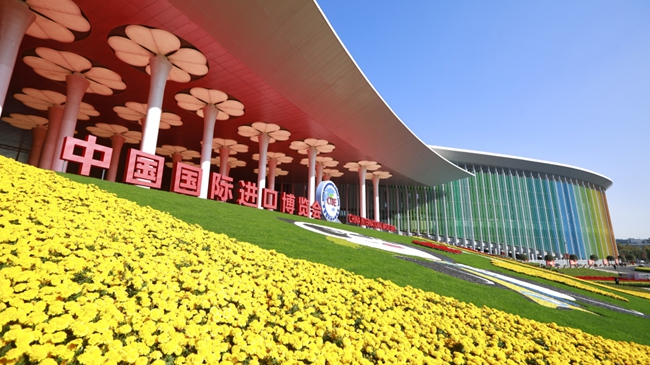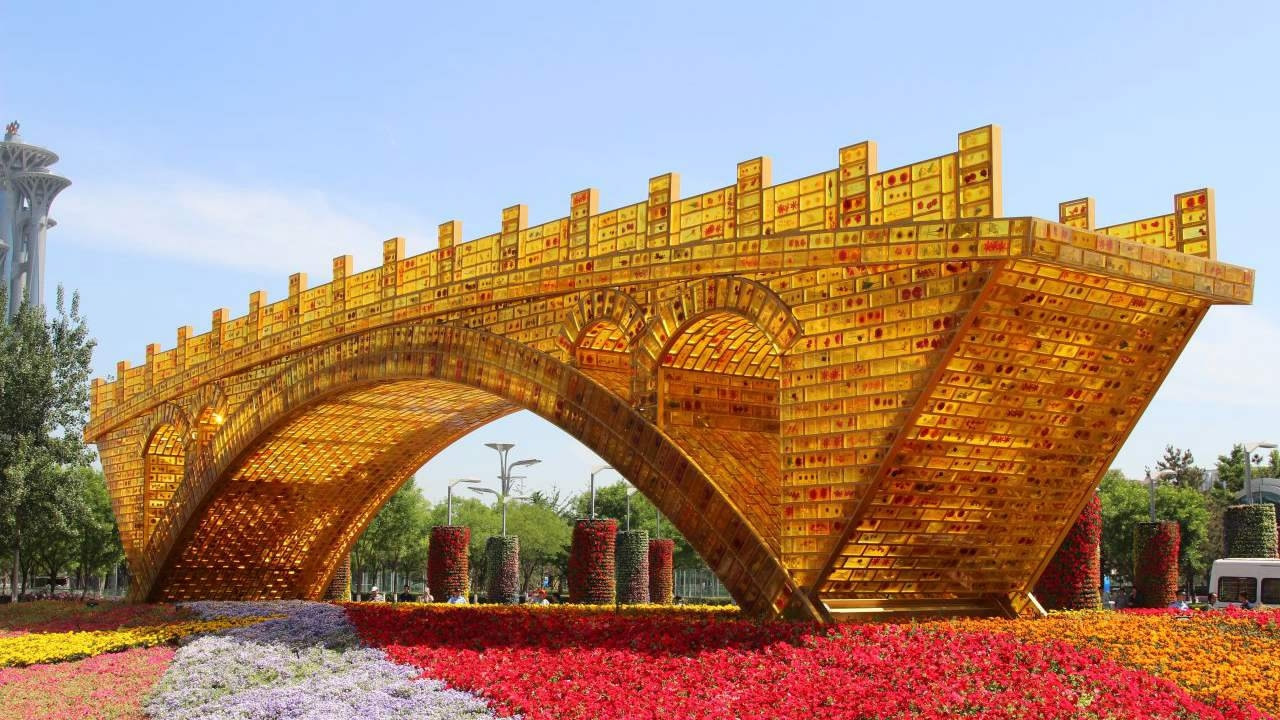
Editor's note: Stephen Ndegwa is a Nairobi-based communication expert, lecturer-scholar at the United States International University-Africa, author, and international affairs columnist. The article reflects the author's opinions, and not necessarily the views of CGTN.
The third China International Import Expo (CIIE) and a related forum which started on Wednesday evening are underway in Shanghai. Held amid the raging global coronavirus pandemic, the forum is a strong reminder of the fact that with visionary leadership, selflessness and dedication, no challenge is insurmountable.
In his keynote address delivered virtually for the CIIE's opening ceremony on November 4, Chinese President Xi Jinping noted that hosting the event successfully "demonstrates China's sincere desire to share its market opportunities with the world and contribute to global economic recovery." In a speech that carried new measures for expanding all-round opening up, he underscored CIIE's role as a major platform for international cooperation.
Now, the CIIE forum is evolving to espouse the same ideals pursued under China's Belt and Road Initiative (BRI). Unveiled in 2013, BRI has evolved to a fully-fledged global platform whose objective is to construct a unified worldwide market, in addition to nurturing cultural exchange and integration, among other ideals geared to achieving win-win outcomes and mutual benefits for participating entities.
Even before the pandemic, the BRI had come against headwinds from countries that cast aspersions of China's intentions. But as Xi stated during the CIIE opening ceremony, "looking back at history, humanity has always been able to forge ahead despite risks, disasters and headwinds, and humanity shall and will continue to stride forward." And so will the BRI.
By May this year, China had signed 200 cooperation agreements with 138 countries and regions, and 30 international organizations under the BRI framework. This is a giant leap from the framework's inception when it started off with 60 countries in Asia, Africa and Europe. Although the emergence of the COVID-19 global pandemic in January this year subsequently slowed down the construction pace of the BRI due to movement restrictions and economic challenges, current data shows that the project is on track.
According to China's General Administration of Customs, almost all BRI indicators show healthy, wholesome growth. The country's trade with BRI economies from January to September 2020 rose 1.5 percent to 1.01 trillion U.S. dollars. Trade between China and BRI economies went up from $1.04 trillion in 2013 to $1.34 trillion in 2019. China's outbound direct investment (ODI) in BRI economies reached $117.31 billion during the period under review.
Statistics from China's Ministry of Commerce show that the growth of BRI-related non-financial ODI in the three quarters in 2020 rose about 30 percent year-on-year to over $13 billion. Economic experts attribute this sustained growth to the fact that the BRI has developed from its initial offering of transport and infrastructure to among others power generation and utilities, oil and gas pipelines, and telecommunications. Further, the BRI is also embracing social infrastructure like software and innovation, a diversity that has helped it absorb emerging shocks.

A Belt and Road landscape sculpture in Beijing. /VCG
A Belt and Road landscape sculpture in Beijing. /VCG
The BRI has also gone digital if the sixth Maritime Silk Road International Brand Expo held from October 31 to November 1 is a sign of things to come. Over 10,000 types of products from more than 400 enterprises in over 30 countries and regions were exhibited both online and offline.
In order to assist overseas traders willing to participate in the event but were unable to as a result of the pandemic, the expo launched an online-to-offline component that provided opportunities for exhibitors to showcase their products, and communicate on the cloud to boost transaction and cooperation.
A study published in April 2019 titled "Report on Fostering Sustainable Development through Chinese Overseas Economic and Trade Cooperation Zones along the Belt and Road" observed that BRI has many potential synergies that can deliver UN's 2030 Sustainable Development Goals.
For example, the Chinese Overseas Economic and Trade Cooperation Zones that dot the BRI network can help foster inclusive and sustainable industrialization by promoting sustained economic growth, creating decent jobs and income, reducing poverty, hunger and inequalities, and increasing resource- and energy-efficiency.
Just like the CIIE this time added a zone on public health and epidemic prevention, the BRI should include such a consideration on its configuration. Many of the physical limitations posed by the pandemic were generally overcome by virtual participation, which is a concept gradually taking root in the BRI.
For the CIIE and BRI, it is business as usual. The two platforms are integral in growing the world economy through establishment of cross-border e-commerce and adoption of new business forms and models that can now act as new drivers of international trade.
With such a solid background, the BRI is ideally placed to attract more members who can enhance its mandate and play a leading role in global recovery post the coronavirus crisis. Its multilateral outlook makes it a vehicle capable of creating a prosperous and peaceful world for all mankind.
(If you want to contribute and have specific expertise, please contact us at opinions@cgtn.com.)

